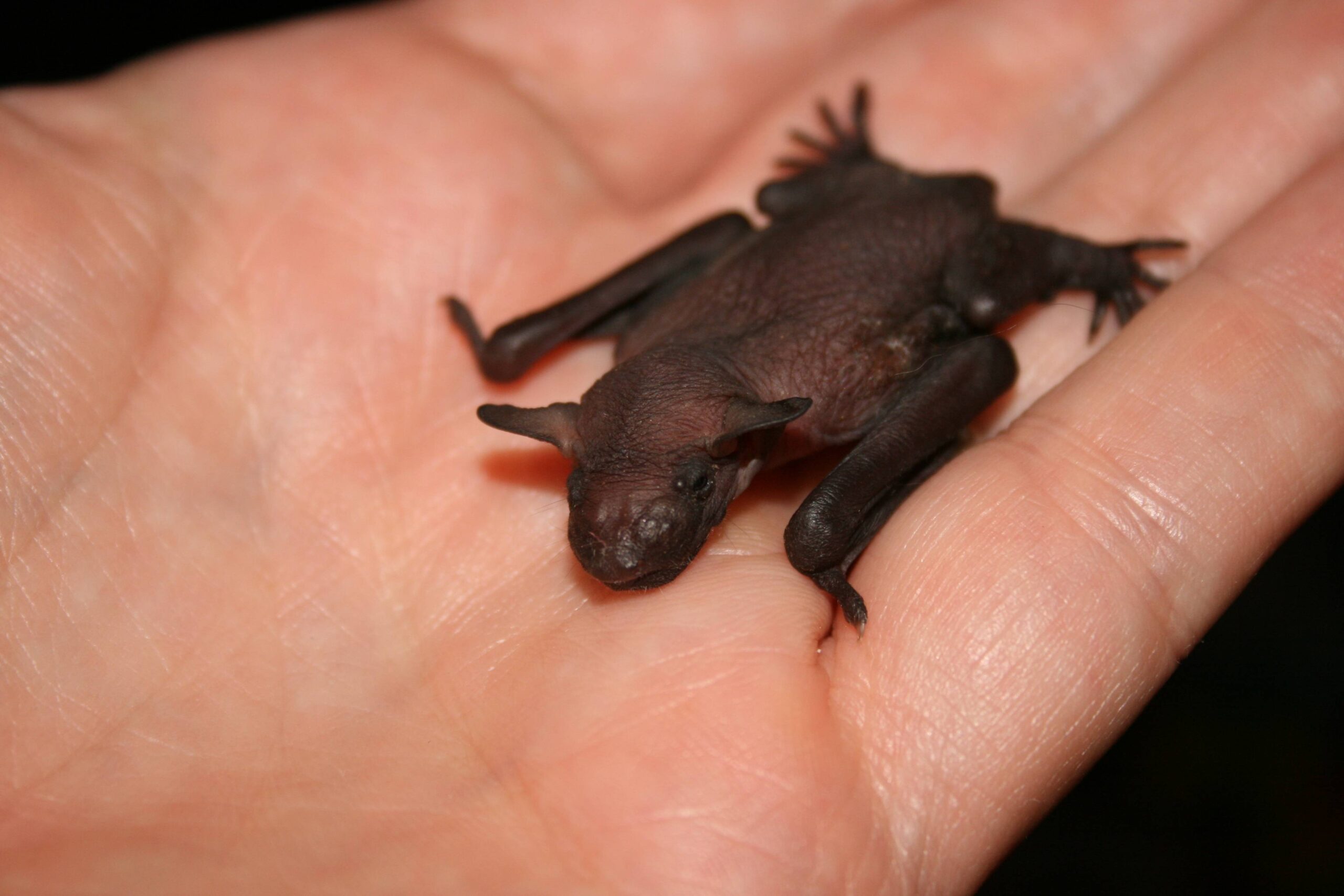Bats – they rule the night skies and save our world daily by aiding in the maintenance of the ecosystem. Even though they are commonly misunderstood and equally disliked. Of course, sometimes they get in our way, but like so many other wildlife animals that have suffered as a result of human activities, they are just trying to survive. Effective bat control methods for Ajax properties must be informed by detailed investigations into a bats behaviour.
Why We Should Appreciate Bats
Even though many people are squeamish around them, bats are crucial to our world. They keep the insect population in check which in turn makes our lives more comfortable and protect our food production as well. They also help to repopulate the green areas with trees and shrubbery by spreading seeds. Clearly, these wildlife animals are worth protecting and saving.
Bat Reproduction Habits and Behaviour
Understanding Ajax bats’ rat reproduction activities is key to ensuring that we live harmoniously with these nocturnal mammals.
Ajax residents can expect to see a flurry of bat activity each August as mating season gets underway. The male bats congregate nightly in sites that will, later on, serve as hibernation hubs (caves and old abandoned mines for example). The females join them later and mating begins. By September, most of the mating activities are over as bats settle into hibernation mode for the winter.
Female bats stand out among other mammals in the animal kingdom because they have absolute control over conception. They store the sperm in their uterus from the mating season to the end of winter and allow the fertilization of eggs at an opportune time. Fifty or sixty days after fertilization, baby bats are born. Each summer, therefore, a new generation of bat pups enters the world. They remain dependent on their mothers for survival until they develop their own survival skills (hunting and flying). Bats only produce one litter of babies each year.
Baby bats are born in maternity or nursery colonies, which are locations used by groups of mother bats as safe places to deliver and nurture their young. The expectant mothers select these roosts during spring and fly their every dawn to retire from the night’s activities. A nursing or maternity colony can remain in one place until winter. In these cases, the area which once was a roost becomes a hibernation site and, essentially, is occupied by bats yearlong.
Ontario’s famous Little Brown Bat and Big Brown Bat use nursing colonies. Instinctively, like other bats, they seek out hollowed trees, caves and other nature-made spaces, but the intrusion of mankind on natural spaces has limited their options. Therefore these days, they habitually congregate in man-made spaces such as attics and abandoned buildings. Ajax homeowners may notice that each year they have to deal with bat intrusions in their attics.
Keeping Bats Away
You can protect your home from bat intrusion by ensuring that it remains impenetrable to the flying mammals. Be extra vigilant in the seasons known for bat intrusions such as the birthing and nursing season. Areas like your attic are particularly vulnerable as they offer the ideal environment for nursing bats. Have expert wildlife technicians inspect your home to determine if you already have a bat intrusion situation and if not, to identify potential areas through which bats can access the inside and fix them. If you notice signs of bat presence get humane bat control experts to assist you in getting them out of your Ajax home.



